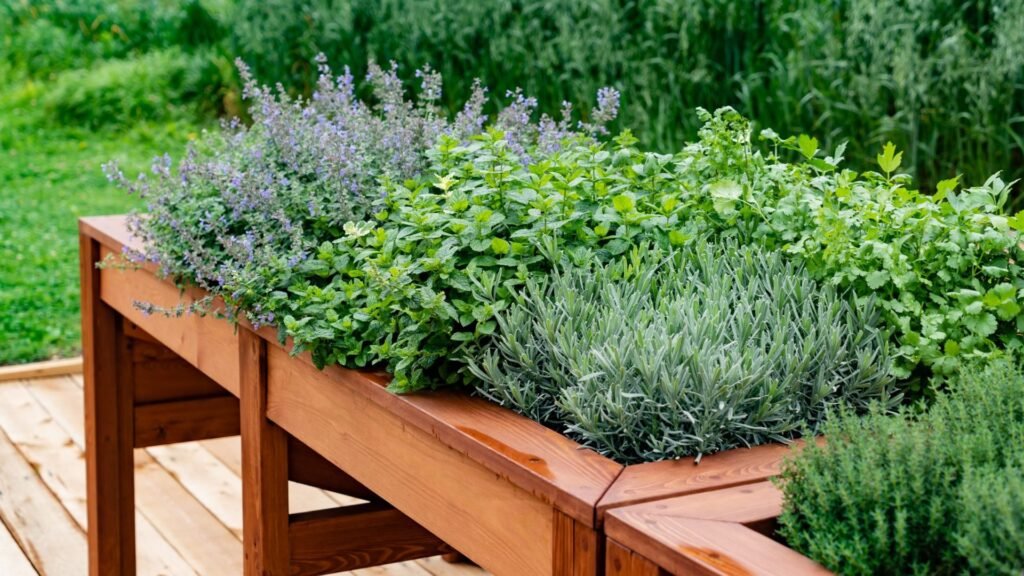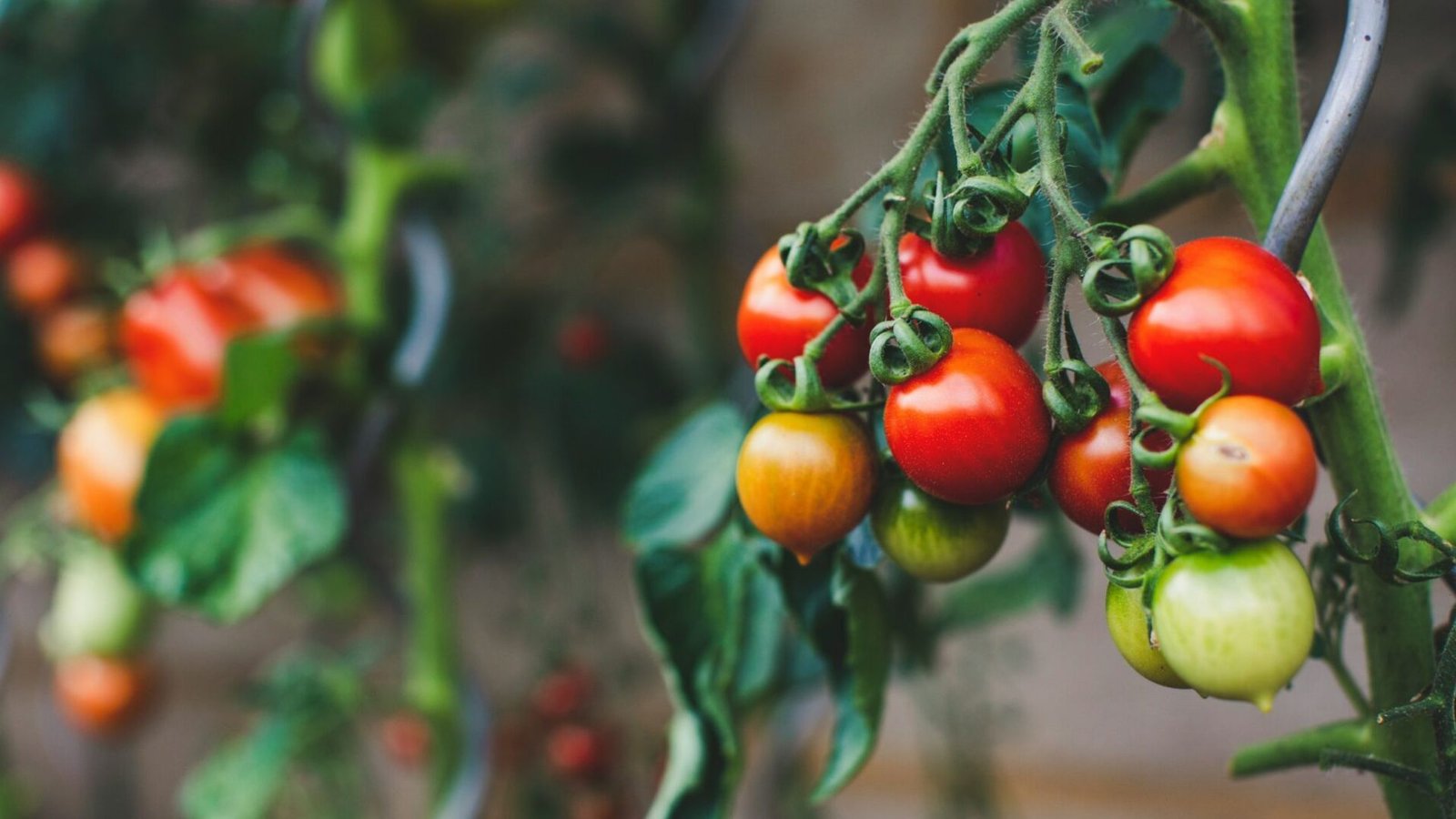Companion Planting Basics
- By -Maria Joseph
- Posted on
- Posted in Plants
Companion planting is a time-tested gardening technique where certain plants are strategically grown together to benefit one another. This practice leverages the natural relationships between plants to enhance growth, reduce pests, and improve overall garden health. By understanding which plants complement each other, gardeners can create more vibrant, productive, and sustainable landscapes. In this guide, we will explore the basics of companion planting, the key benefits it offers, and examples of plant pairings that work well together.

What is Companion Planting?
Companion planting involves pairing specific plants based on their natural properties, such as their ability to repel pests, attract beneficial insects, improve soil health, or provide shade or support for other plants. These mutually beneficial relationships can enhance the overall success of your garden.
Some plants can deter harmful insects, while others might improve the taste or growth of neighboring plants. This practice has been used by gardeners for centuries, from ancient civilizations to modern sustainable farming practices.
Benefits of Companion Planting
Companion planting offers several advantages for gardeners, including pest control, improved plant health, and enhanced yields.
Pest Control
One of the most well-known benefits of companion planting is natural pest control. Certain plants can act as a natural pesticide by repelling insects that would otherwise damage crops. Others attract beneficial insects, such as ladybugs and predatory wasps, that help keep harmful pests in check.
For example, marigolds are known to repel nematodes, while basil can help keep mosquitoes and flies away from tomatoes.
Improved Plant Growth and Yield
Some plant pairings encourage stronger growth by improving nutrient availability or creating a more suitable growing environment. Certain plants, like beans, can fix nitrogen in the soil, enriching it for neighboring plants such as corn or squash.
Additionally, plants with different root depths can avoid competition for nutrients and water, allowing each plant to thrive in its own zone of the soil.
Weed Suppression
Companion plants that form dense ground covers or have large leaves can help suppress weeds by blocking sunlight and preventing weed seeds from germinating. Cucumbers, for instance, can cover the ground and shade out weeds, reducing the need for manual weeding.
Principles of Companion Planting
While companion planting can be highly effective, it’s important to follow some basic principles to maximize its success:
Avoid Planting Allies Too Close Together
Although companion plants benefit each other, it’s crucial to avoid overcrowding. If plants are placed too close together, they may compete for sunlight, water, and nutrients, undermining the benefits of the pairing.
Ensure that you give each plant enough space to grow and that their roots don’t interfere with one another.
Complementary Growing Needs
Pair plants that have similar growing conditions, such as light, water, and soil requirements. For instance, tomatoes and basil are both sun-loving plants that thrive in well-drained soil, making them excellent companions. On the other hand, leafy greens like lettuce thrive in cooler, shadier conditions, and should be paired accordingly.
Companion Planting Examples
Here are some classic examples of successful companion plant pairings:
Tomatoes and Basil
This is one of the most popular and beneficial plant pairings. Basil is known to enhance the flavor of tomatoes while helping to repel pests like aphids, whiteflies, and mosquitoes. The strong aroma of basil can confuse pests and reduce the likelihood of infestations.
Additionally, basil is thought to improve the growth and disease resistance of tomatoes.
Carrots and Onions
Onions and carrots make a great pair because they help repel each other’s pests. Onions help deter the carrot fly, which can damage the roots of carrots. Conversely, carrots can help deter the onion fly, which targets onions.
These plants also have different root depths, so they won’t compete for nutrients.
Conclusion
Companion planting is a simple yet effective way to enhance the health, productivity, and sustainability of your garden. By pairing compatible plants, you can reduce pest problems, improve soil quality, increase yield, and create a balanced, harmonious ecosystem. Understanding the relationships between different plants and how they support each other will help you create a thriving garden while minimizing the need for chemicals and external inputs.



